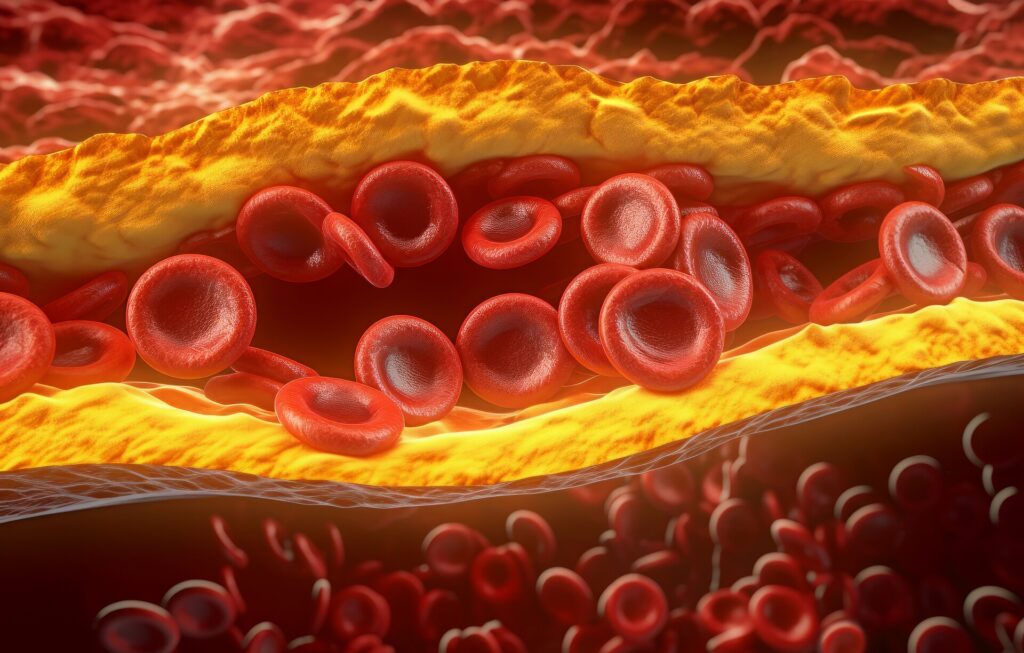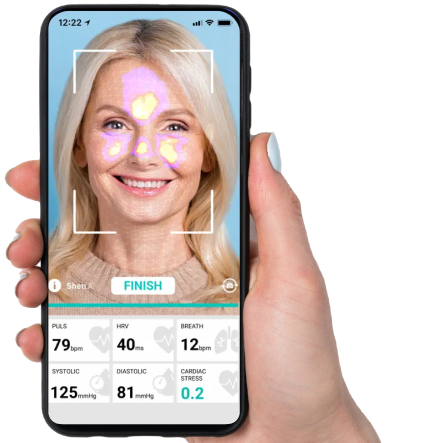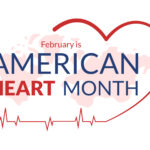Cholesterol is a waxy fat made by your liver. How to lower cholesterol, when it comes from the food you eat. Your body uses cholesterol to build cells and make hormones. Hormones are chemical messengers, like estrogen and testosterone. Cholesterol is carried in your blood by lipoproteins. Lipoproteins are particles made of fat and protein.
How It Works
There are two main types of cholesterol. LDL means low-density lipoprotein. It is called “bad” cholesterol. LDL carries cholesterol to your arteries. Arteries are blood vessels that carry blood from your heart to the rest of your body. When there is too much LDL, it sticks to the artery walls. This buildup is called plaque. Plaque narrows the arteries. It makes blood flow harder. It can lead to a heart attack or stroke. This process is called atherosclerosis.
HDL means high-density lipoprotein. It is called “good” cholesterol. HDL picks up extra cholesterol in the blood. It carries it back to the liver. The liver breaks it down and removes it from the body. A high HDL level lowers your risk of heart disease.
Triglycerides are another kind of fat in your blood. They store energy from the food you eat. High triglycerides can raise your heart risk. They can also make LDL more dangerous.
Ideal Cholesterol Numbers
Total cholesterol should be less than 200 mg/dL.
LDL should be less than 100 mg/dL. Under 70 mg/dL is better if you have heart disease.
HDL should be more than 40 mg/dL for men and 50 mg/dL for women.
Triglycerides should be less than 150 mg/dL.
Diet Changes to Lower Cholesterol
Cut Saturated Fat
Saturated fat raises LDL levels. It makes the liver produce more cholesterol. Saturated fat is found in fatty red meat, butter, cheese, cream, coconut oil, and full-fat milk. Eat less than 7% of your daily calories from saturated fat. If you eat 2,000 calories a day, that means no more than 15 grams of saturated fat.
Choose lean meat like chicken or turkey breast. Use low-fat or non-fat dairy products. Cook with plant oils like olive, canola, or sunflower oil.
Avoid Trans Fat
Trans fats are the worst kind of fat. They raise LDL and lower HDL. They are made by adding hydrogen to liquid oils. This process makes them solid. Trans fats are found in margarine, fried food, frozen pizza, and baked snacks. Always read labels. If you see “partially hydrogenated oils,” that means trans fat. Try to eat 0 grams per day.
Eat Soluble Fiber
Soluble fiber binds to cholesterol in your gut. It stops some of it from being absorbed into your blood. Your liver then pulls cholesterol out of your blood to make bile. Bile is a fluid that helps digest fat. This lowers LDL.
Good sources of soluble fiber include oats, barley, beans, lentils, apples, oranges, and psyllium. Aim for at least 5–10 grams of soluble fiber per day.
Example: One cup of cooked oatmeal has 1.5 grams of soluble fiber. One apple has 1 gram.
Eat Omega-3 Fats
Omega-3 fats lower triglycerides. They also reduce inflammation. Inflammation makes plaque in the arteries more likely to burst. This can cause a heart attack. Omega-3 fats do not lower LDL, but they make the blood less sticky.
Eat fatty fish like salmon, mackerel, sardines, or trout. Aim for 2 servings per week. One serving is 3.5 ounces (about the size of your palm).
You can also take fish oil. A typical dose is 1,000–4,000 mg of EPA and DHA per day. EPA and DHA are types of omega-3 fats.
Exercise and Cholesterol
Exercise raises HDL and lowers LDL and triglycerides. It also helps you lose weight. Being overweight raises LDL and triglycerides. Losing even 5–10% of your body weight can improve cholesterol.
Do at least 150 minutes per week of moderate exercise. That is 30 minutes a day, five days a week. Examples are walking fast, biking, dancing, or swimming. You can also do 75 minutes of harder exercise, like running. Add resistance training twice a week. This means lifting weights or using resistance bands.
Stop Smoking and Limit Alcohol
Smoking lowers HDL and damages your arteries. It makes plaque form faster. Quitting smoking raises HDL quickly, in as little as 20 days.
Too much alcohol raises triglycerides. It also adds calories. Drink no more than 1 drink per day if you are a woman, or 2 if you are a man. One drink means 5 oz wine, 12 oz beer, or 1.5 oz of liquor.
Medications for Cholesterol
If diet and exercise are not enough, doctors may give you medicine. Statins are the most common. They block an enzyme in the liver called HMG-CoA reductase. This enzyme makes cholesterol. Blocking it lowers LDL by 30–60%. Examples include atorvastatin (Lipitor), rosuvastatin (Crestor), and simvastatin (Zocor).
Other medicines include:
- Ezetimibe: blocks cholesterol absorption in the gut.
- PCSK9 inhibitors: help the liver remove more LDL. Given as injections.
- Fibrates: lower triglycerides.
- Bile acid resins: help the body get rid of more bile, using up cholesterol.
Always take cholesterol medicine as prescribed. It works best with healthy habits.
Sources
Top 5 lifestyle changes to improve your cholesterol – Mayo Clinic






